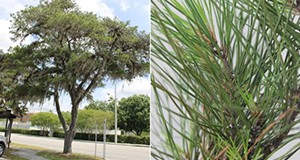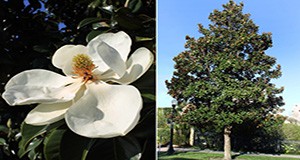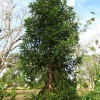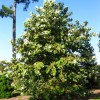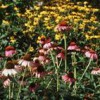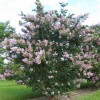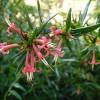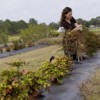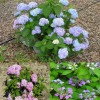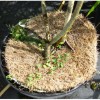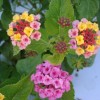Conifers are cone-bearing trees often identified by their needles. In addition to their value as landscape trees and lumber and paper sources, they are popular around the holidays as Christmas trees.
This 6-page guide written by Andrew K. Koeser, Holly Finley, Gitta Hasing, Gary W. Knox, and Melissa H. Friedman and published by the Environmental Horticulture Department will assist you in identifying the 10 most common conifers that grow in the Tampa Bay area of Florida. It is an efficient resource for master gardeners, novice tree inventory crews, 4-H forestry teams, and others interested in basic conifer identification.
